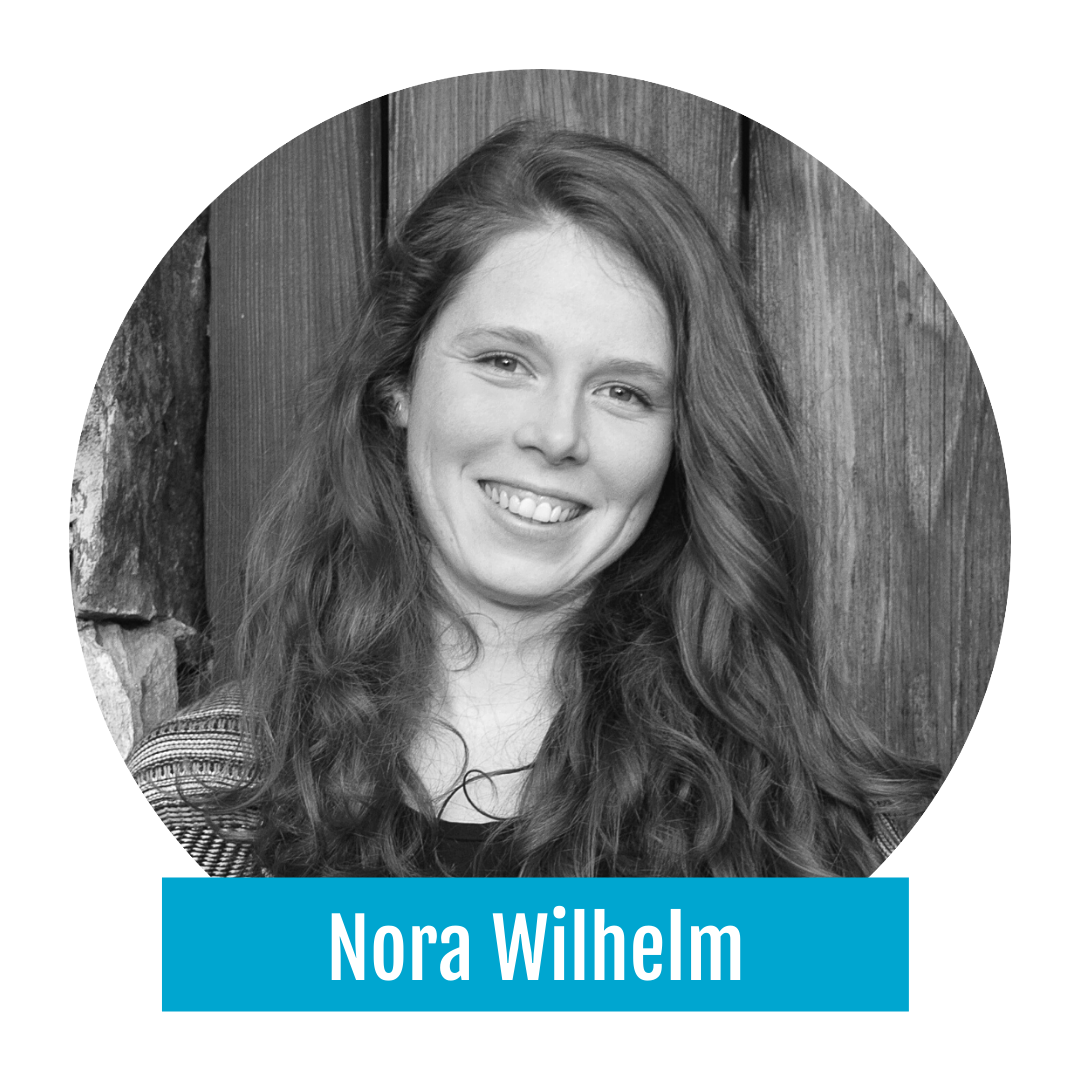Prototyping canvas
The prototyping canvas is a great tool to visually map out your prototype and get more clarity on its different aspects. It can be used when doing first attempts at a prototype to co-create it alone or with a group. It is also a good tool to use at a later stage of prototyping, when perhaps first experiences have already been made and you would like to explore next steps or receive feedback from a group.
You may choose to use the prototyping canvas as part of any type of process or as a stand-alone tool. We for example used it often in design for wiser action processes, for example at our Community Fora. It can easily be the visual support of other processes like Wise Crowds. We have also used it during the Gender Lab, for the teams to design Prototypes like this one.
Print the canvas in the size that is adequate to your situation, for example depending on how many people are meant to work on it at any given time
If printing is not an option, you may also choose to replicate it on a flipchart
Depending on the use you want to make of it and the kind of group you will work with (if applicable), it could be helpful to already fill out some sections that the prototype owner is knowledgeable about so that the group can then use the time wisely (e.g. title, intentions, team or challenges)
Set your canvas up on your surface of choice alongside needed materials
Gather your participants (if applicable) and start prototyping!
When using it, remember the mindset of prototyping is not to plan a 10 year project “perfectly” and then control it every step of the way. Insteat, it’s a way of navigating complex realities where we go out in the world to test our assumptions, learn, and improve our prototype solution on the basis of the insights we have gained. A good attitude is to go for GESET. Here a quote that always inspires me to stay in the prototyping mode:
“A prototype is not an implementation of a fully hatched idea into practice; a prototype is the exploration of a really interesting question in the space of really interesting emerging possibility.” - Hans Roericht
Needed time & Tools
A printed or replicated version of the prototype canvas
Pens or markers
Post-its
Yourself and your participants
Sources
This canvas was designed by Zand Craig: http://www.zandcraig.com/
Photo by Daria Nepriakhina on Unsplash
Nora Wilhelm is the Co-Founder and Catalyst of collaboratio helvetica. She has a background in youth engagement and active citizenship (European Youth Parliament) and specialised in collaboration, self-organisation, ecosystem leadership, systemic change and social innovation. Beyond facilitating multi-stakeholder processes and social innovation labs as well as promoting the Sustainable Development Goals (SDGs), she is a renowned young leader, advocate and speaker, recognised for her work by the Swiss government, UNESCO, Forbes 30 under 30 and other institutions.


